
Al Jolson
Nacimiento : 1886-05-26, Seredzius, Lithuania
Muerte : 1950-10-23
Historia
From Wikipedia, the free encyclopedia
Al Jolson (May 26, 1886 – October 23, 1950) was a Lithuanian singer, comedian and actor. In his heyday, he was dubbed "The World's Greatest Entertainer".He was born in the Russian Empire (the part of which is now in Lithuania) and emigrated to America at the age of five with his Jewish parents.
His performing style was brash and extroverted, and he popularized a large number of songs that benefited from his "shamelessly sentimental, melodramatic approach". Numerous well-known singers were influenced by his music, including Bing Crosby Judy Garland, rock and country entertainer Jerry Lee Lewis, and Bob Dylan, who once referred to him as "somebody whose life I can feel". Broadway critic Gilbert Seldes compared him to "the Great God Pan," claiming that Jolson represented "the concentration of our national health and gaiety."
In the 1930s, he was America's most famous and highest paid entertainer. Between 1911 and 1928, Jolson had nine sell-out Winter Garden shows in a row, more than 80 hit records, and 16 national and international tours. Although he's best remembered today as the star in the first (full length) talking movie, The Jazz Singer in 1927, he later starred in a series of successful musical films throughout the 1930s. After a period of inactivity, his stardom returned with the 1946 Oscar-winning biographical film, The Jolson Story. Larry Parks played Jolson with the songs dubbed in with Jolson’s real voice. A sequel, Jolson Sings Again, was released in 1949, and was nominated for three Oscars. After the attack on Pearl Harbor, Jolson became the first star to entertain troops overseas during World War II, and again in 1950 became the first star to perform for G.I.s in Korea, doing 42 shows in 16 days. He died just weeks after returning to the U.S., partly due to the physical exertion of performing. Defense Secretary George Marshall afterward awarded the Medal of Merit to Jolson's family.
He enjoyed performing in blackface makeup – a theatrical convention since the mid-19th century. With his unique and dynamic style of singing black music, like jazz and blues, he was later credited with single-handedly introducing African-American music to white audiences. As early as 1911 he became known for fighting against anti-black discrimination on Broadway. Jolson's well-known theatrics and his promotion of equality on Broadway helped pave the way for many black performers, playwrights, and songwriters, including Cab Calloway, Louis Armstrong, Duke Ellington, Fats Waller, and Ethel Waters.
Description above from the Wikipedia article Al Jolson, licensed under CC-BY-SA, full list of contributors on Wikipedia.
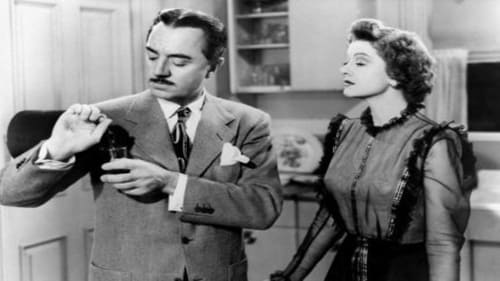
(archive footage)
Este documental desgrana la vida y filmografía de esta artista que comenzó su carrera en las postrimerías de la época de cine mudo y que se convirtió en una gran estrella admirada en todo el mundo. Nunca fue nominada al Oscar pero recibió uno honorífico en 1990 a toda su carrera.

(archive footage)
Robert Preston hosts this documentary that shows what people of the 1930s were watching as they were battling the Depression as well as eventually getting ready for another World War.

Archive Footage
While a few Hollywood celebrities such as James Stewart and Clark Gable saw combat during World War II, the majority used their talents to rally the American public through bond sales, morale-boosting USO tours, patriotic war dramas and escapist film fare. Comedian David Steinberg plays host for this star-studded, 90-minute documentary, which looks at the way Tinseltown helped the United States' war effort.

(archive footage)
Documentary about Salsa music with interviews with major Latin stars
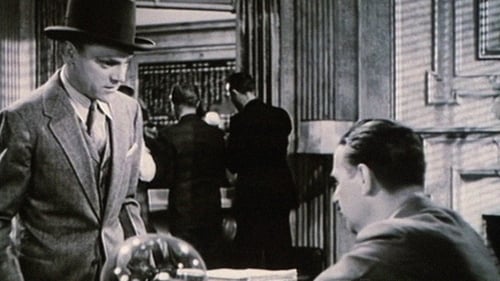
Self (archive footage)
Period music, film clips and newsreel footage combined into a visual exploration of the American entertainment industry during the Great Depression.

(archive footage)
NBC's pioneering documentary series, produced by the David L. Wolper Production Company, in association with United Artists Television. Each 30-minute show concentrated on a Hollywood genre, film or legendary star. This series ran from September 30, 1963 until May 18, 1964, and many of its individual episodes were released into the home gauge market in shortened form. Certain episodes would focus on films being made at the time, notably Preminger's The Cardinal and Huston's Night of the Iguana.

Self (archive footage)
A documentary of Hollywood's first great Latin Lover, the contradictions in his personal life, and his premature death.
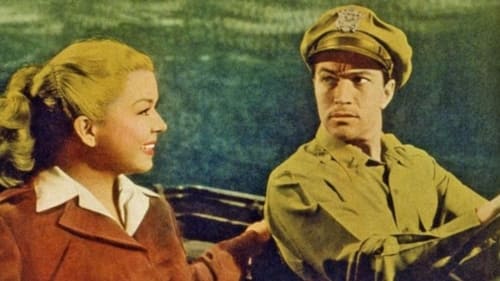
Al Jolson (archive footage) (uncredited)
A trio of singers is entertaining wounded soldiers of WWII. They encourage a mutilated soldier in his love to a nurse.

Himself (archive footage)
Feature-length compilation of 1920s newsreel footage, with commentary about news, sports, lifestyles, and historical figures.
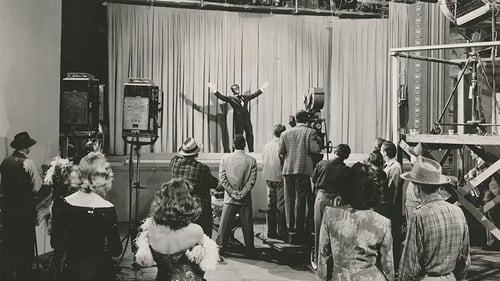
Himself (singing voice) (uncredited)
Secuela de "The Jolson Story". Después de un retiro prematuro, el legendario cantante revive su carrera para entretener a las tropas durante la Segunda Guerra Mundial. A petición de su esposa, Julie Benson, Al Jolson se había retirado del mundo del espectáculo, pero cuando se le oye cantar en un club nocturno, lo abandona. Jolson vuela a Nueva York para traerla a su casa, pero Julie ha desaparecido y ha pedido el divorcio. El país está en guerra y Al acepta un empleo para entretener a las tropas.

This short was released in connection with the 20th anniversary of Warner Brothers' first exhibition of the Vitaphone sound-on-film process on 6 August 1926. The film highlights Thomas A. Edison and Alexander Graham Bell's efforts that contributed to sound movies and acknowledges the work of Lee De Forest. Brief excerpts from the August 1926 exhibition follow. Clips are then shown from a number of Warner Brothers features, four from the 1920s, the remainder from 1946/47.
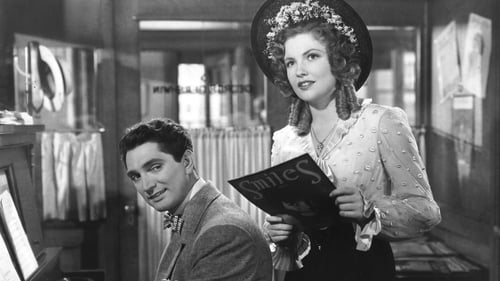
Himself
George Geshwin nació en Brooklyn en 1898. Sus padres compraron un piano para que recibiera lecciones a su hijo Ira, pero la llegada del instrumento a casa cambia totalmente los pensamientos de George, el más pequeño, que se siente atraído por el instrumento y por la música. A los dieciocho años es admitido por el célebre profesor Frank y tiene su primera oportunidad en un teatro de variedades de barrio, pero allí sus composiciones no son apreciadas...
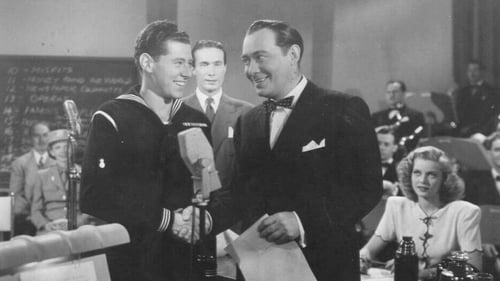
Himself
A young husband becomes a game-show participant in the hopes of winning the cash to pay his pregnant wife's doctor.
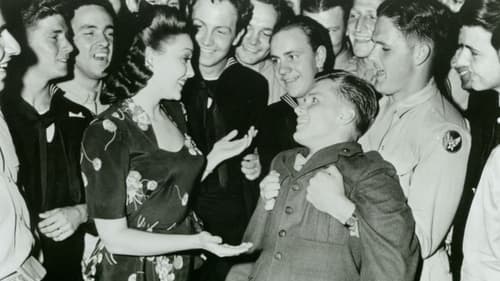
Self
A multi-studio effort to show the newsreel audience the progress of the Hollywood war effort.

Himself (segment 'The Jazz Singer') (archive footage)
This short traces the history of sound in the movies, beginning with French scientist Leon Scott's experiments in 1857. Featured are snippets from early sound pictures.
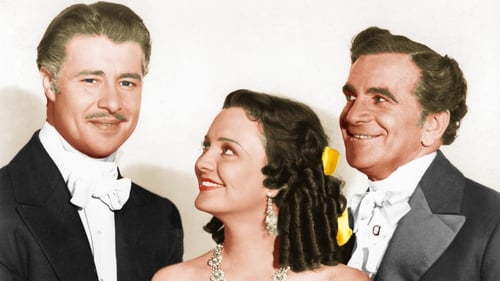
Edwin P. Christy
Swanee River is a 1940 American biopic about Stephen Foster, a songwriter from Pittsburgh who falls in love with the South, marries a Southern girl, then is accused of sympathizing when the Civil War breaks out. Typical of 20th Century Fox biopics of the time, the film is more fictional than factual biography.
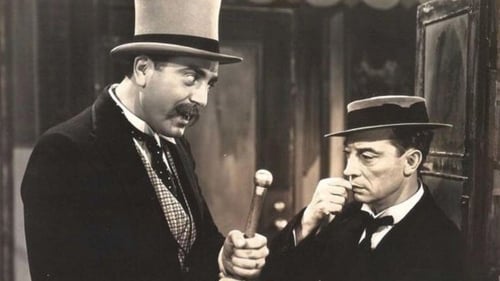
Al Jolson
Starting in 1913 movie director Connors discovers singer Molly Adair. As she becomes a star she marries an actor, so Connors fires them. She asks for him as director of her next film. Many silent stars shown making the transition to sound.
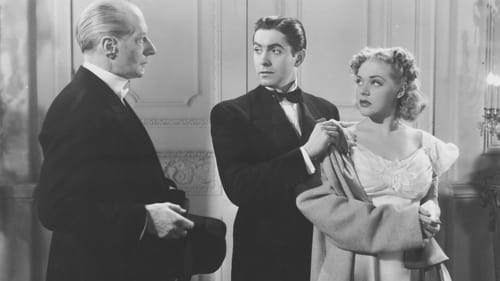
Ted Cotter
En Nueva York durante los años 20, una cantante lucha por apartar a su novio de los problemas...

Al Jolson
Ice skating is the theme; at the Tropical Ice Garden, in Westwood Hills, are seen a flock of skating stars including Irene Dare and Phyllis Ann Thomoson, as well as Hollywood luminaries such as Franklyn Pangborn, Norma Shearer, Rita Hayworth, Mickey Rooney, Dick Purcell and Ann Sheridan.
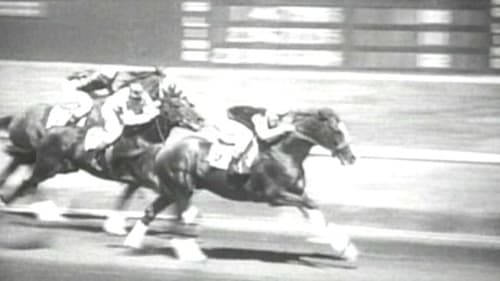
Himself
A group of stable hands is given a race horse when its owner retires from the business. They raise money to run the horse in the Hollywood Derby at Santa Anita race track. Many Hollywood personalities attend the event.

Self (uncredited)
A tour of Hollywood, featuring such star frequented spots as the Vendome, the Lakeside Golf Club, the West Side Tennis Club, the Santa Anita Racetrack, the Ambassador Hotel's Cocoanut Grove, the Biltmore Bowl, and the American Legion Stadium.

Al Jolson (uncredited)
Orphaned horse-trainer's little daughter has reciprocated bond with horse, which needs her presence to win races.
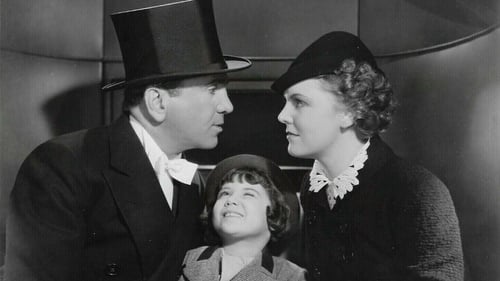
Al Jackson
Neurotic Broadway star Al Jackson faces professional ruin when he loses his voice. While recuperating in the country, he falls in love with farm girl Ruth Haines, the pretty aunt of precocious little Sybil Haines.

Al Howard
La Leyenda de ”Broadway”, Al Jonson, y su segunda esposa Ruby Keeler, protagonizan este bello musical sobre una historia de bastidores. Recogiendo el mismo estilo que desarrolló en sus primeras películas, nuestro protagonista interpreta a un artista irresponsable, cuyas artimañas no profesionales acaban en una revuelta de sus propios compañeros de trabajo, hasta que la dirección lo despide del espectáculo.

Self
A short promotional film about Ruby Keeler and her upcoming film "Flirtation Walk." It provides a brief look at her career on Broadway, early films, and personal life away from the studio before showing a trailer for the new film.
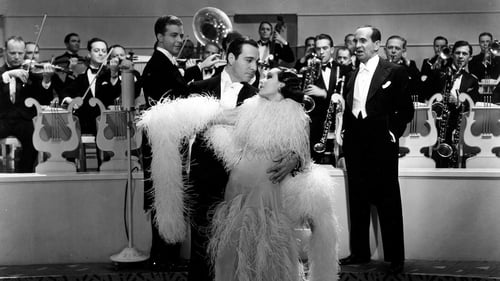
Al Wonder
Harry and Inez are a dance team at the Wonder Bar. Inez loves Harry, but he is in love with Liane, the wife of a wealthy business man. Al Wonder and the conductor/singer Tommy are in love with Inez. When Inez finds out that Harry wants to leave Paris and is going to the USA with Liane, she kills him.
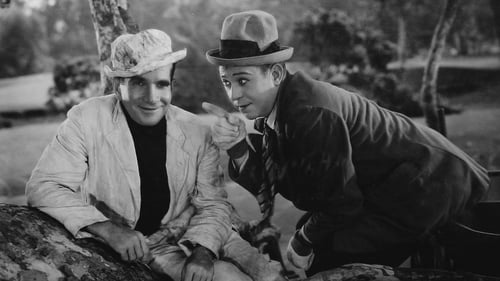
Bumper
El jefe de un grupo de vagabundos del Central Park mejora su aspecto, del que no reniega, por el amor que siente por una joven que ha perdido la memoria. Cuando ella la recupera, él se convierte, de nuevo, en vagabundo.

Gus
Gus, the trusty family retainer, has hopes of riding his boss' horse, Big Boy, to victory at the Kentucky Derby.
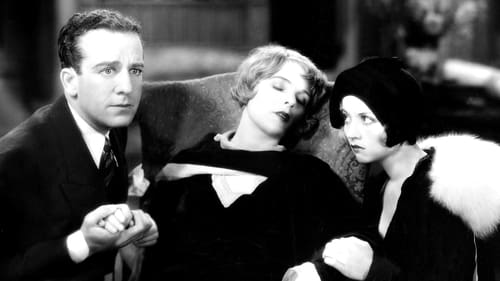
Al Jolsen
La cantante (Alice White) de un club nocturno de Nueva York es descubierta por un productor de cine y es llevada a Hollywood para convertirla en la siguiente gran estrella cinematográfica.

Al Fuller
Al Fuller (Jolson) es la estrella de un espectáculo ambulante de trovadores de gira por los Estados Unidos. El grupo se desplaza a una modesta ciudad del sur, donde el hombre se enamora de Nora Meadows (Lois Moran), estrella del espectáculo, pero el problema es que ella ama a Westy, un apuesto miembro de la misma troupé. Incidentalmente, Fuller se convertirá en acusado de intento de homicidio de su compañero y rival en el amor.
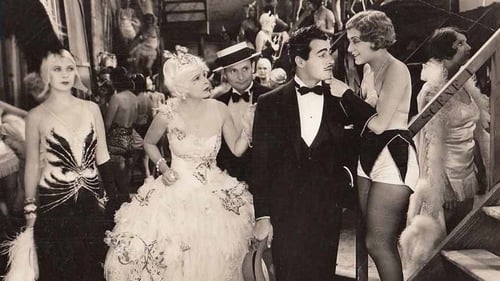
Al Jolson
Jill Deverne es una corista que se casó con Fred, quien es compositor pero sufre de alcoholismo. Ella quiere mostrar las últimas canciones de Fred, dentro de un año al mafioso Joe Prividi. Prividi es el productor del espectáculo musical que está trabajando y se compromete a utilizar su canción. Fred, sin embargo, se niega y rechaza la oferta de Prividi. Cuando Prividi utiliza la canción sin permiso, Fred y su amigo Johnny Dolan se emborrachan y se muestran en el club nocturno.

Joe Lane
Joe Lane, un condictor de radio y compositor, descubre que el dueño del estudio, Arthur Phillips, tiene conductas inapropiadas con su esposa Katherine. Completamente enfurecido, Lane lo enfrenta en una pelea, lo que resulta en la muerte involuntaria de Phillips. Joe va a prisión por algunos años, al salir, visita a si hijo en la escuela, el cual le reuga escapar juntos.

Al Stone
After years of hopeful struggle, Al Stone (Jolson) is on his way. "I'm Sittin' on Top of the World", he sings to an appreciative speakeasy crowd. But, as Al discovers, getting there is one thing. Staying there is another. Singing waiter Stone gets his huge break on a magical night when his song wows a big-time producer and a gold-digging showgirl he fancies. Broadway success and marriage follow, but sure enough, hard times are on the way. Al's fickle wife abandons him, taking the beloved son he calls Sonny Boy with her. Heartbroken, Al becomes a devastated loner until friends from the speakeasy that launched his career rescue him from a life on the streets. Soon, Al is back in lights. But another crisis awaits: Sonny Boy is in the hospital and dying....

Jakie Rabinowitz
Primer film sonoro. La Warner Bros. Pictures, que por entonces pasaba problemas financieros, fue el primer estudio en sacar un filme sonoro, que alternaba la voz y canciones de Al Jolson con subtítulos. Por supuesto, e independientemente de la calidad artística del filme, se convirtió en un gran éxito de taquilla.

Self
Al Jolson's first sound film. Dressed in overalls and wearing black-face makeup, he sings three of his hit songs: "When the Red, Red, Robin Comes Bob, Bob, Bobbin' Along ", "April Showers", and "Rock-a-Bye Your Baby with a Dixie Melody ".



















